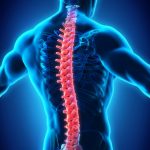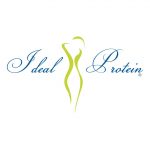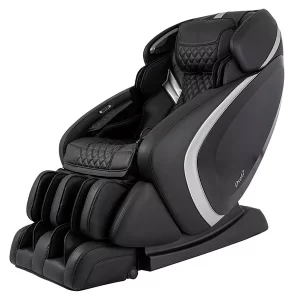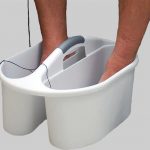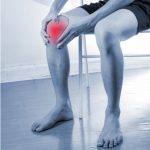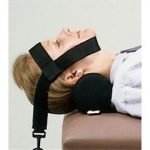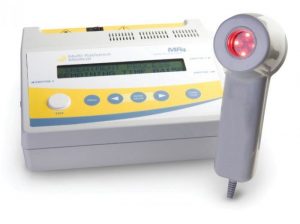CHIROPRACTIC
The goal of the chiropractic adjustment is to correct the spinal subluxations detected during the examination. To do that, the doctor applies pressure to the bone and “unlocks” it from its improper position. The bone will then be free to align itself correctly.
Many people think that the chiropractor forces a vertebra back into its “proper” place. But only the individual’s own Innate Intelligence knows for sure what the proper place for each bone is. The role of the chiropractor is to free up the vertebrae. Then, the body can do its job and put them back in the correct position.
Unfortunately, the muscles connected to subluxated vertebrae get used to their positions and have a tendency to pull the bone back out of place. It may take several adjustments before the adjustment “holds,” and the bone settles into its proper alignment.
If you ask 100 patients to describe their adjustments, you may get 100 different answers! That’s because there are many adjusting techniques for the chiropractor to choose from.
Some doctors have their patients sit up for certain adjustments. Others tell them to lie down. Some use elaborate tables with moveable head or foot rests while others use stationary tables. A chiropractor may use a certain technique on one visit and a totally different one the next.
Chiropractic colleges teach their students many adjusting techniques. They realize each doctor and patient is different. In fact, each subluxation is different and may require a separate approach. Even the size, weight, and muscle structure of the doctor and patient must be taken into consideration when choosing a technique.
Chiropractors select the technique which will most effectively correct subluxations with a minimum of force. The “art” of adjusting requires skill and training rather than brute strength. That’s why even slightly built doctors can perform excellent adjustments on all patients regardless of their size.
MASSAGE
Massage is the practice of soft tissue manipulation with physical (anatomical), functional (physiological), and psychological purposes and goal . The word comes from the French massage “friction of kneading”, or from Arabic massa meaning “to touch, feel or handle” or from Latin massa meaning “mass, dough” In distinction the ancient Greek word for massage was anatripsis, and the Latin was frictio.
Massage involves acting on and manipulating the body with pressure – structured, unstructured, stationary, or moving – tension, motion, or vibration, done manually or with mechanical aids. Target tissues may include muscles, tendons, ligaments, skin, joints, or other connective tissue, as well as lymphatic vessels, or organs of the gastrointestinal system. Massage can be applied with the hands, fingers, elbows, knees, forearm, and feet. There are over eighty different recognized massage modalities. The most cited reasons for introducing massage as therapy have been client demand and perceived clinical effectiveness.
TREATMENT
We offer many types of therapy such as cervical traction, vibration therapy, and rebuilder for peripheral neuropathy.
New to our office is laser therapy!
Cervical Traction
Cervical Traction is an active therapy exercise used for the purpose of increasing the curvature in a person’s neck. It is a gentle way of stretching the soft tissue components in the neck to address that curve, whether it be decreased or reversed in the opposite direction. A person will either sit or stand, and use a gentle traction on the neck. Varying pounds of weights can also be used to add a low force pressure over a set period of time. It is akin to putting braces on your teeth to realign them, only traction is done usually in less than ten minute increments over several visits.
Peripheral Neuropathy
Peripheral Neuropathy is the term to describe, generally , a pain or numbness/tingling which is chronic in the hands or feet. Nearly 20 million people suffer from neuropathy and there are many causes, some of which include: diabetes, statin drugs and decay/degeneration of the spine affecting spinal nerves. The typical medical approach is medication to cover the symptoms. We use a device in our office called the Rebuilder (medically designed to treat neuropathy symptoms caused by chemotherapy) and have had great results with our neuropathy patient base. It acts much like a TENS therapy unit, providing electrical stimulation through leads and pads to the damaged nerve endings causing your symptoms.
See this short video for more information on re-builder for peripheral neuropathy!
Cold Laser Therapy
Laser Therapy is FDA approved, painless, and has NO SIDE EFFECTS! Laser therapy has been shown to help with chronic arthritis, neck/back pain, carpal tunnel, inflammation/swelling, knee/shoulder/hip pain, headaches at the base of the skull, plantar fasciitis, TMJ, cell growth and regeneration, reduction of scar tissue, increase oxygen to the body, speeds up healing, increase joint range of motion, peripheral neuropathy, fibromyalgia, and many other health conditions.
WEIGHT LOSS
There are four phases in the Ideal Protein Weight Loss Protocol. During all four phases you will receive one-on-one coaching, teaching you how your body gains weight and what you should be eating in order to maintain a balanced weight.
Learn more on our blog for Ideal Protein and be sure to check out some of the testimonials from real people who have had success on this great program!
PRODUCTS
- Anesthall Muscle Rub
- West Coast Bio-Identical Creme
- Calm
- Wrist Braces
- Core Tri Pillows
- Core Lumbar Support
AND MORE!
